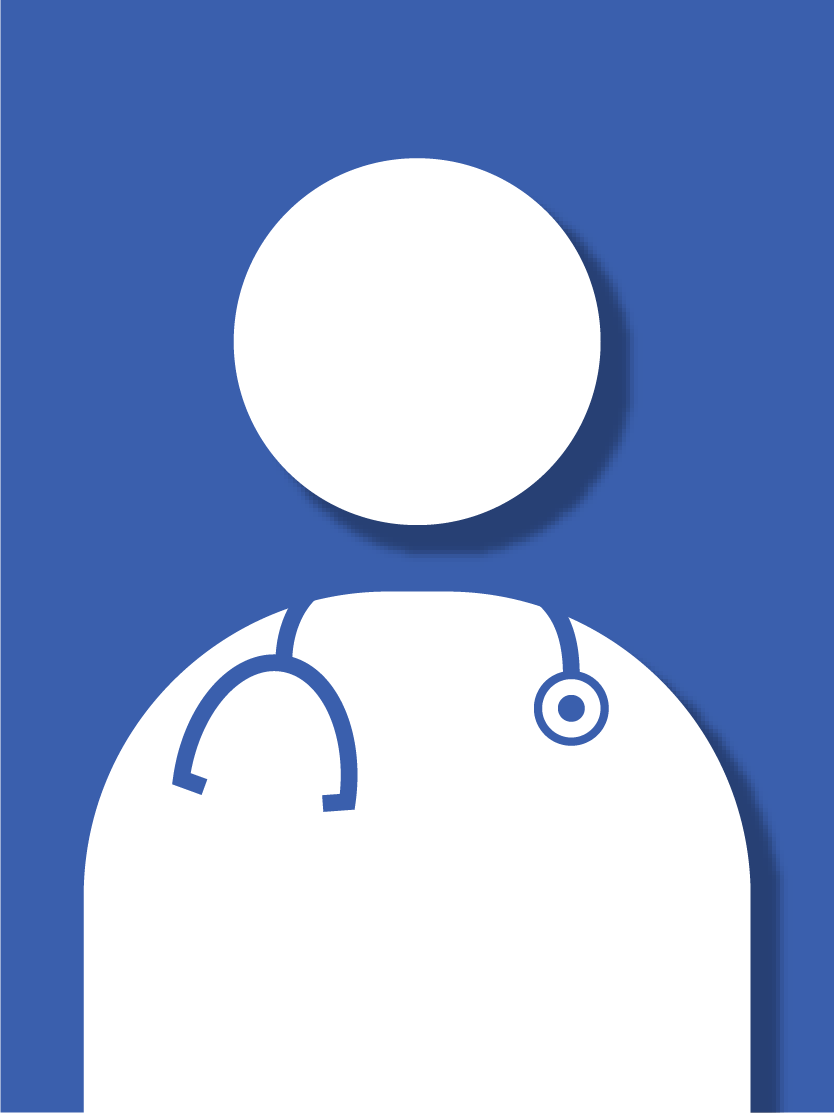Two large blood vessels in the neck, called carotid arteries, supply the brain with blood. Carotid artery disease, also called carotid artery stenosis, occurs when one or both arteries becomes too narrow or blocked by a plaque buildup, a condition known as atherosclerosis. This buildup can prevent blood flow to the brain or cause a blood clot, increasing the risk of stroke.
Carotid artery disease often develops slowly as a person ages and can worsen over time without medical care. The first sign of the condition might be a stroke or transient ischemic attack (TIA), also known as a ministroke.
Carotid artery disease causes about 10% to 15% of strokes. During a stroke, the brain doesn’t get the oxygen it needs, and brain cells begin to die within minutes.
If you’re diagnosed with carotid artery disease, the team of experts at the Comprehensive Vascular Clinic at the UK Gill Heart & Vascular Institute offers advanced diagnostic tools and comprehensive treatment options for people in Central Kentucky.
Many people with carotid artery disease have no symptoms, especially in the early stages. The condition might not be obvious until it's serious enough to cause a stroke or TIA.
Symptoms of a stroke or TIA include:
- Sudden dizziness or loss of balance
- Sudden numbness or weakness in the face or limbs, often on one side of the body
- Sudden, severe headache with no known cause
- Sudden trouble seeing in one or both eyes
- Sudden trouble speaking and understanding speech
If you notice any of these symptoms, call 911 immediately.
Carotid artery disease is caused by substances in the blood, including fat and cholesterol, building up in the carotid arteries. The narrow arteries restrict blood flow to the brain.
Factors that can lead to this buildup include:
- A family history of hardening of the arteries
- Diabetes
- High blood pressure
- High cholesterol
- Smoking
Maintaining a healthy lifestyle can help prevent carotid artery disease and stroke. Talk to your healthcare provider about ways to keep your brain, heart and circulatory system healthy.
Take these steps to help prevent carotid artery disease or prevent it from getting worse:
- Eat a healthy diet. Eat plenty of fruits and veggies, lean meats, nuts, beans, fish and whole grains. Limit sodium, added sugars, cholesterol and fat, especially saturated and trans fats.
- If you smoke, quit. Smoking can increase your risk for heart attack and stroke. Avoid vaping and secondhand smoke as well.
- Limit alcohol. Men should have no more than two drinks per day and women should have no more than one drink each day.
- Limit salt. Too much salt can increase blood pressure. Experts recommend less than 1,500 milligrams of salt a day.
- Manage other health problems. Take medication for high blood pressure and diabetes and follow your provider’s guidance.
- Stay physically active. Try to get at least 30 minutes of moderate exercise five days a week. Talk to your provider about what exercises are good for you. Be sure to watch for signs that your heart is working too hard. If you become short of breath or dizzy while exercising, stop and rest.
- Watch your weight. Take steps to reach and maintain a healthy weight.
While some risk factors for carotid artery disease can’t be changed, such as age or family history, many risk factors relate to lifestyle habits. Risk factors include:
- Age. Arteries become less flexible and more likely to be injured with age.
- Diabetes. Diabetes lowers the ability to process fats, creating a greater risk of high blood pressure and atherosclerosis.
- Family history. The risk of carotid artery disease is higher if a relative has atherosclerosis or coronary artery disease.
- High blood-fat levels. High levels of low-density lipoprotein cholesterol and high levels of triglycerides, a blood fat, contribute to the buildup of plaques.
- High blood pressure. Too much pressure on artery walls can weaken them and make them easier to damage.
- Lack of exercise. A sedentary lifestyle leads to conditions that can damage the arteries, including high blood pressure, diabetes and obesity.
- Obesity. Excess weight increases the chances of high blood pressure, atherosclerosis and diabetes.
- Sleep apnea. Spells of stopping breathing at night are a risk factor for arterial disease.
- Smoking and using tobacco products. Nicotine can irritate the inner lining of the arteries. Smoking also increases heart rate and blood pressure.
The prognosis for carotid artery disease depends on several factors, including a person’s overall health. Depending on how far the condition has progressed, those diagnosed may require medical intervention to restore blood flow to the brain and limit the risk of stroke. Early diagnosis and treatment improve the chances of a positive outcome.
In most cases, your first visit to UK HealthCare Comprehensive Vascular Clinic is a time of education and introductions. You meet members of your care team and learn about detecting, treating and managing your vascular condition.
Diagnosing vascular disease is a unique process that requires detective work. One of the most important steps toward diagnosis is listening to your story. Your team will ask a lot of questions about your symptoms and medical history. The goal is to gather all the information that can help pinpoint the source of your vascular issue.
Along with discussing your medical history, you will undergo a physical examination. Your care team will then be able to determine the proper next step to take on your diagnostic journey.
When appropriate, your team may prescribe one or more diagnostic tests. These tests typically take place on a different day, and your care team helps schedule them at your convenience. In some cases, you will undergo an ultrasound or other testing as part of your initial visit.
When coming to your first vascular appointment, plan to do the following:
- Arrive early. You may need to fill out paperwork when you arrive. Getting to your appointment early ensures you have time to complete paperwork without feeling rushed.
- Bring a current list of medications or supplements you take. You should also list any previous surgeries, symptoms you’ve experienced and other past health issues.
- Dress comfortably. Working toward a diagnosis takes time. Comfortable clothes help you remain relaxed and attentive throughout your visit. They also make it easier for your team to perform your physical exam.
- Eat and drink normally. In most cases, you won’t undergo imaging or other testing at your first visit. Therefore, there are no dietary restrictions. If specialized testing is part of your first visit, a team member will call to explain any dietary restrictions to follow for your visit. We will also mail you a letter with instructions.
- Have your insurance information on hand. UK HealthCare accepts most insurers, and financial assistance is available.
- Request a loved one to join you. Bring a family member or friend with you to take notes and ask questions you may not think of asking.
Where we are
UK HealthCare Comprehensive Vascular Clinic is located at 740 S. Limestone on the fifth floor, wing D, room L-504.
Where to park
Please park in the parking garage across the street, which is located at 140 Huguelet Drive. For easiest access, drive to the back of the garage and use one of the parking spots reserved for patients of the Comprehensive Vascular Clinic. Once inside, you can access further assistance at the information desk. Wheelchairs are available upon request.
Our vascular care experts help residents of Central Kentucky and beyond improve their vascular health every day. To improve the future of treatment and management of vascular conditions, they also participate in clinical trials.
At any given time, our staff engages in trials for new treatments and devices that provide better treatment and management of vascular conditions. By offering access to clinical trials, we provide access to vascular treatment not available at many other facilities.
If you’re a candidate for an ongoing trial, your care team will discuss the possibility with you.















